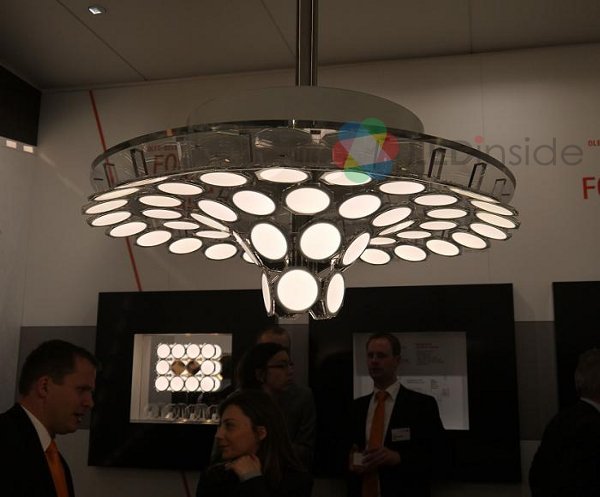Germany major company Osram AG, the forerunner in the European lighting industry, has a subsidiary company OSRAM OS which is dedicated to producing LED light source and chip. According to LEDinside, the company’s main exhibition area was located at Hall 2 at Light+Building 2012 with a few booths at other halls. The main area was divided into two sections – innovative technologies and lighting applications.
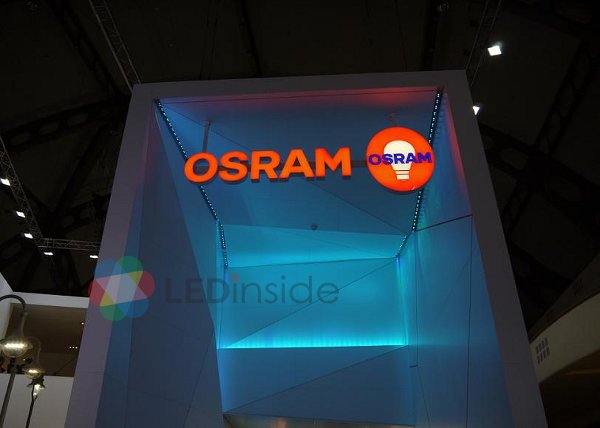
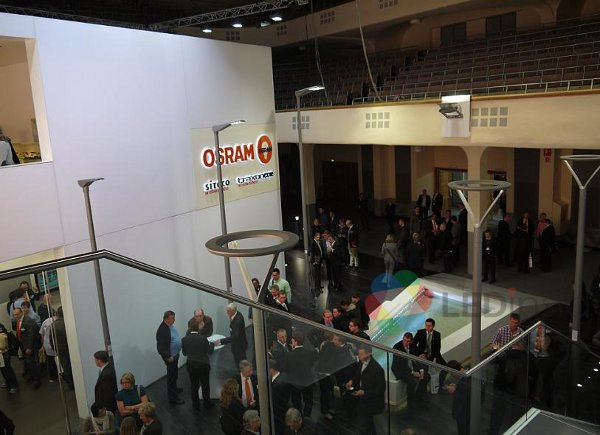
Outdoors Lighting Products
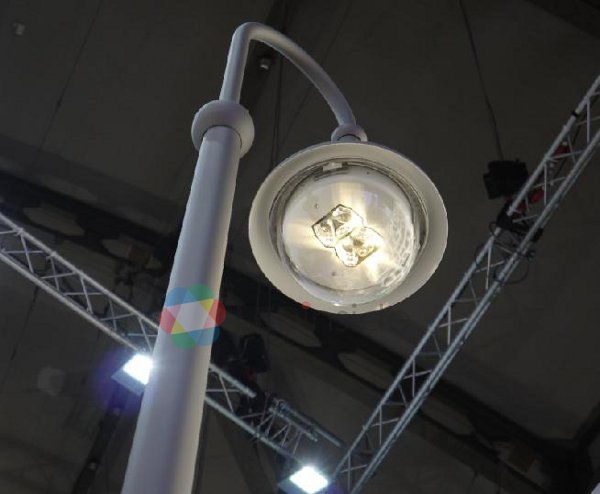
In regard to outdoors lighting, the company released Bergmeister luminaries, whose reflecting design liberates them from the glare issue and in the meantime maintains enough brightness for road lighting.
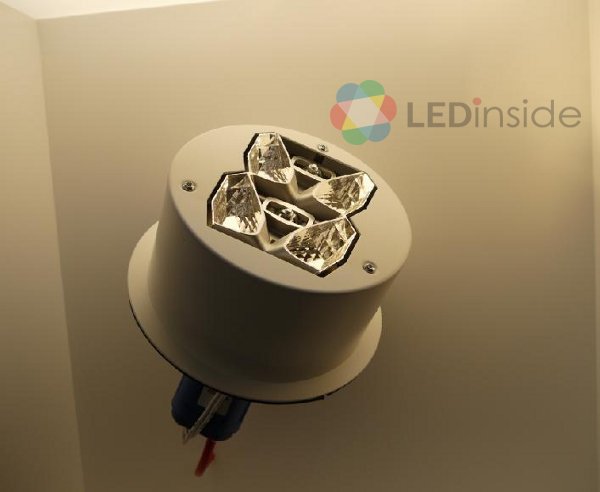
In addition, OSRAM also showcased other high-CRI products and LED modules for LED street lamps.
LED Light Focus on Wide Beam
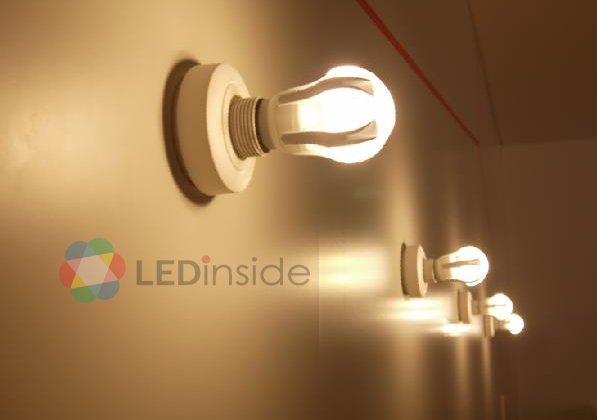
LED light bulb has always been a main focus of OSRAM. Aside from a series of traditional light bulbs, the company’s LED light bulbs feature wide beam angle.
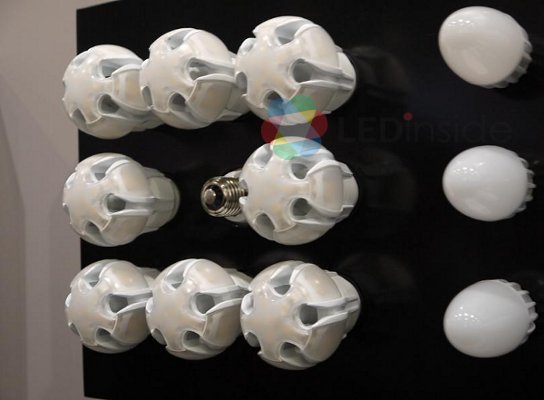
OLED Module
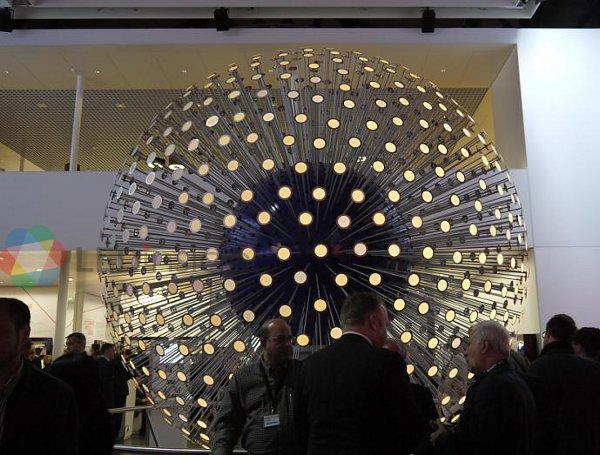
The company exhibited a giant OLED light ball which is composed of a number of OLED modules, whose light can be altered through its control system. It is also an unique lighting decoration. At present, PrevaLED module’s brightness can reach 170-180 lm/W and its CRI 80-90.
OSRAM Smart Control System with Zigbee

Smart control was another highlight of OSRAM. The user can use iPhone to control the color and brightness of LED light module with Zigbee communication technology. The control system can control 50 LED lighting modules at most.
According to LEDinside’s interview with OSRAM staff, the product will hit the market in 2012, and its Andriod app will be available for purchase soon.
Change LED Lights with Kinect
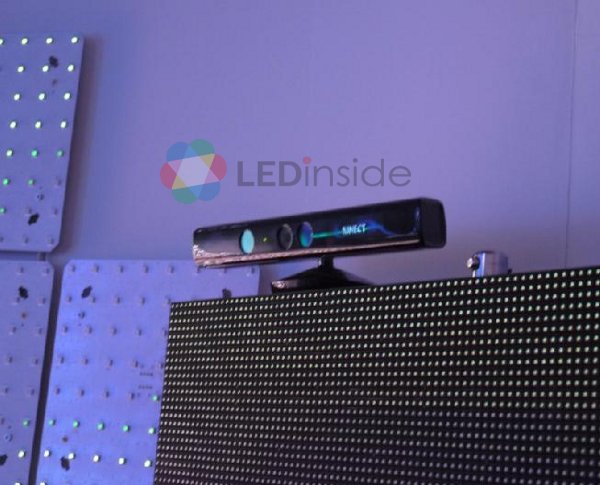
While using iPhone to control lights is no longer news, OSRAM developed a new technology which allowed the user to alter the lighting with Microsoft Kinect.
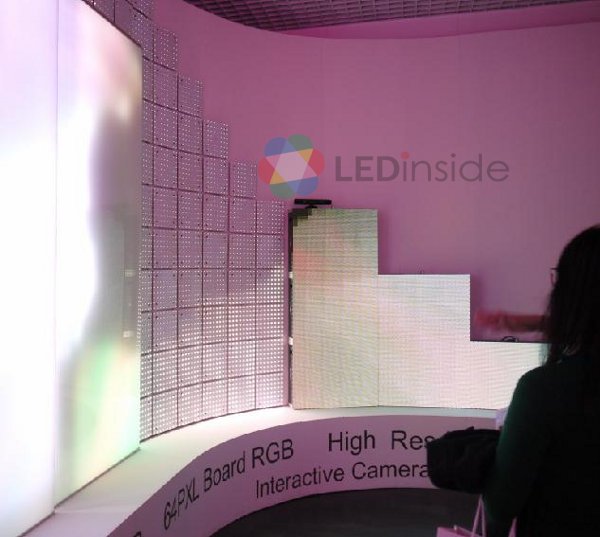
As novel as the feature seems, its practicality still remains to be seen.
OLED Lighting Panel Still Needs Improvement

OSRAM also showcased its OLED lighting products, whose shapes were widely diverse. According to OSRAM, the company’s OLED panel’s luminous efficacy can reach 40lm/W, while the prototype in the lab can already reach 87lm/W. Although the efficacy is still much lower than that of LED, OLED-related applications already see opportunities in particular areas.
